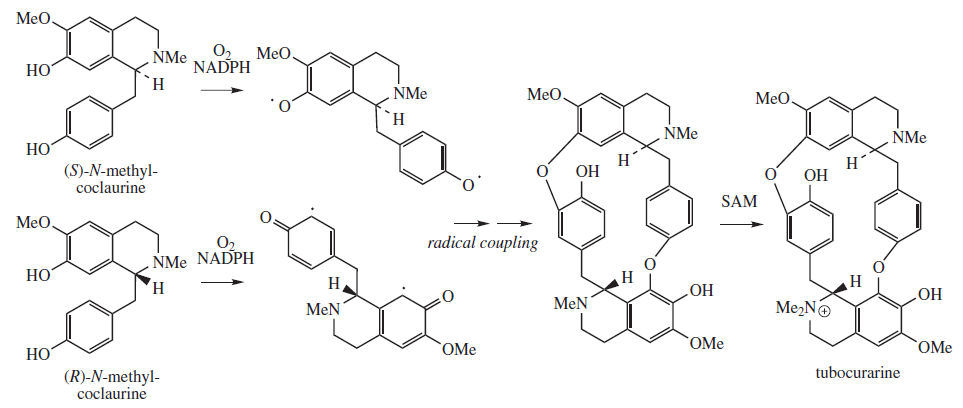|
Strychnos Usambarensis
''Strychnos usambarensis'' is a shrub or small tree up to 15m tall or a 70m long liane of Sub-Saharan Africa, occurring in forest and woodland, mountain ravines and coastal bush, often on rocky slopes and named for the Usambara Mountains of Tanzania. The species is found from Guinea east to Nigeria, from Congo east to Kenya and south to kloofs of the Magaliesberg of South Africa. Bantu tribes from Rwanda and Tanzania produce an arrow poison from the root bark and leaves of this species, sometimes combining it with extracts from other plants. (see Toxalbumin) The leaves are opposite, held in a horizontal plane, ovate to elliptic in shape with a characteristic drip-tip, and glossy dark green above. Flowers are small, in axillary clusters, whitish to yellowish-green, and fragrant. Fruits are soft-shelled and small, 1-1.5 cm in diameter, yellow when ripe, tapering to a collar at peduncle. The genus ''Strychnos'' is represented by some 300 species of lianes, shrubs and small tre ... [...More Info...] [...Related Items...] OR: [Wikipedia] [Google] [Baidu] |
Ernest Friedrich Gilg
Ernest (or Ernst) Friedrich Gilg (12 January 1867 in Baden-Württemberg, Germany – 11 October 1933 in Berlin) was a German botanist. Life Gilg was curator of the Botanical Museum in Berlin. With fellow botanist Adolf Engler, he co-authored and published a syllabus on botanical families, ''Syllabus der Pflanzenfamilien'' (8th edition 1919). He also made contributions to Engler's "'' Das Pflanzenreich''", (e.g. the section on the family Monimiaceae). The Poaceae grass genus, '' Gilgiochloa'', was posthumously named after him. His spouse, Charlotte Gilg-Benedict Charlotte Gilg-Benedict (1872–1965) was a German botanist noted for studying ''Capparaceae''. She co-authored several studies with Ernest Friedrich Gilg Ernest (or Ernst) Friedrich Gilg (12 January 1867 in Baden-Württemberg, Germany – 11 ... (1872–1936), was co-author in some of his publications, and has the author abbreviation Gilg-Ben. Work * ''Pharmazeutische Warenkunde'', published 1911 * ''Grundz� ... [...More Info...] [...Related Items...] OR: [Wikipedia] [Google] [Baidu] |
Alkaloids
Alkaloids are a class of basic, naturally occurring organic compounds that contain at least one nitrogen atom. This group also includes some related compounds with neutral and even weakly acidic properties. Some synthetic compounds of similar structure may also be termed alkaloids. In addition to carbon, hydrogen and nitrogen, alkaloids may also contain oxygen, sulfur and, more rarely, other elements such as chlorine, bromine, and phosphorus.Chemical Encyclopedia: alkaloids xumuk.ru Alkaloids are produced by a large variety of organisms including , , |
Corynanthine
Corynanthine, also known as rauhimbine, is an alkaloid found in the ''Rauvolfia'' and '' Corynanthe'' (including ''Pausinystalia'') genera of plants. It is one of the two diastereoisomers of yohimbine, the other being rauwolscine. It is also related to ajmalicine. Corynanthine acts as an α1-adrenergic and α2-adrenergic receptor antagonist with approximately 10-fold selectivity for the former site over the latter. This is in contrast to yohimbine and rauwolscine which have around 30-fold higher affinity for the α2-adrenergic receptor over the α1-adrenergic receptor. As a result, corynanthine is not a stimulant (or an aphrodisiac for that matter), but a depressant, and likely plays a role in the antihypertensive properties of ''Rauvolfia'' extracts. Like yohimbine and rauwolscine, corynanthine has also been shown to possess some activity at serotonin receptors. See also * Ajmalicine * Rauwolscine * Spegatrine * Yohimbine Yohimbine (), also known as quebrachine, is an in ... [...More Info...] [...Related Items...] OR: [Wikipedia] [Google] [Baidu] |
Harmane
Harmane (harman) is a heterocyclic amine found in a variety of foods including coffee, sauces, and cooked meat. It is also present in tobacco smoke. Chemistry Harmane is a methylated derivative of β-carboline with the molecular formula C12H10N2. Sources See also * Harmine Harmine is a beta-carboline and a harmala alkaloid. It occurs in a number of different plants, most notably the Syrian rue and ''Banisteriopsis caapi''. Harmine reversibly inhibits monoamine oxidase A (MAO-A), an enzyme which breaks down monoamin ... References {{Monoamine metabolism modulators Beta-Carbolines Monoamine oxidase inhibitors ... [...More Info...] [...Related Items...] OR: [Wikipedia] [Google] [Baidu] |
Curare
Curare ( /kʊˈrɑːri/ or /kjʊˈrɑːri/; ''koo-rah-ree'' or ''kyoo-rah-ree'') is a common name for various alkaloid arrow poisons originating from plant extracts. Used as a paralyzing agent by indigenous peoples in Central and South America for hunting and for therapeutic purposes, curare only becomes active when it contaminates a wound. These poisons cause weakness of the skeletal muscles and, when administered in a sufficient dose, eventual death by asphyxiation due to paralysis of the diaphragm. Curare is prepared by boiling the bark of one of the dozens of plant sources, leaving a dark, heavy paste that can be applied to arrow or dart heads. In medicine, curare has been used as a treatment for tetanus or strychnine poisoning and as a paralyzing agent for surgical procedures. History The word 'curare' is derived from ''wurari'', from the Carib language of the Macusi of Guyana. It has its origins in the Carib phrase "mawa cure" meaning of the Mawa vine, scienti ... [...More Info...] [...Related Items...] OR: [Wikipedia] [Google] [Baidu] |
Tubocurarine Chloride
Tubocurarine (also known as ''d''-tubocurarine or DTC) is a toxic alkaloid historically known for its use as an arrow poison. In the mid-1900s, it was used in conjunction with an anesthetic to provide skeletal muscle relaxation during surgery or mechanical ventilation. It is now rarely used as an adjunct for clinical anesthesia because safer alternatives, such as cisatracurium and rocuronium, are available. History Tubocurarine is a naturally occurring mono-quaternary alkaloid obtained from the bark of the Menispermaceous South American plant ''Chondrodendron tomentosum'', a climbing vine known to the European world since the Spanish conquest of South America. Curare had been used as a source of arrow poison by South American natives to hunt animals, and they were able to eat the animals' contaminated flesh subsequently without any adverse effects because tubocurarine cannot easily cross mucous membranes. Thus, tubocurarine is effective only if given parenterally, as demonstrate ... [...More Info...] [...Related Items...] OR: [Wikipedia] [Google] [Baidu] |



